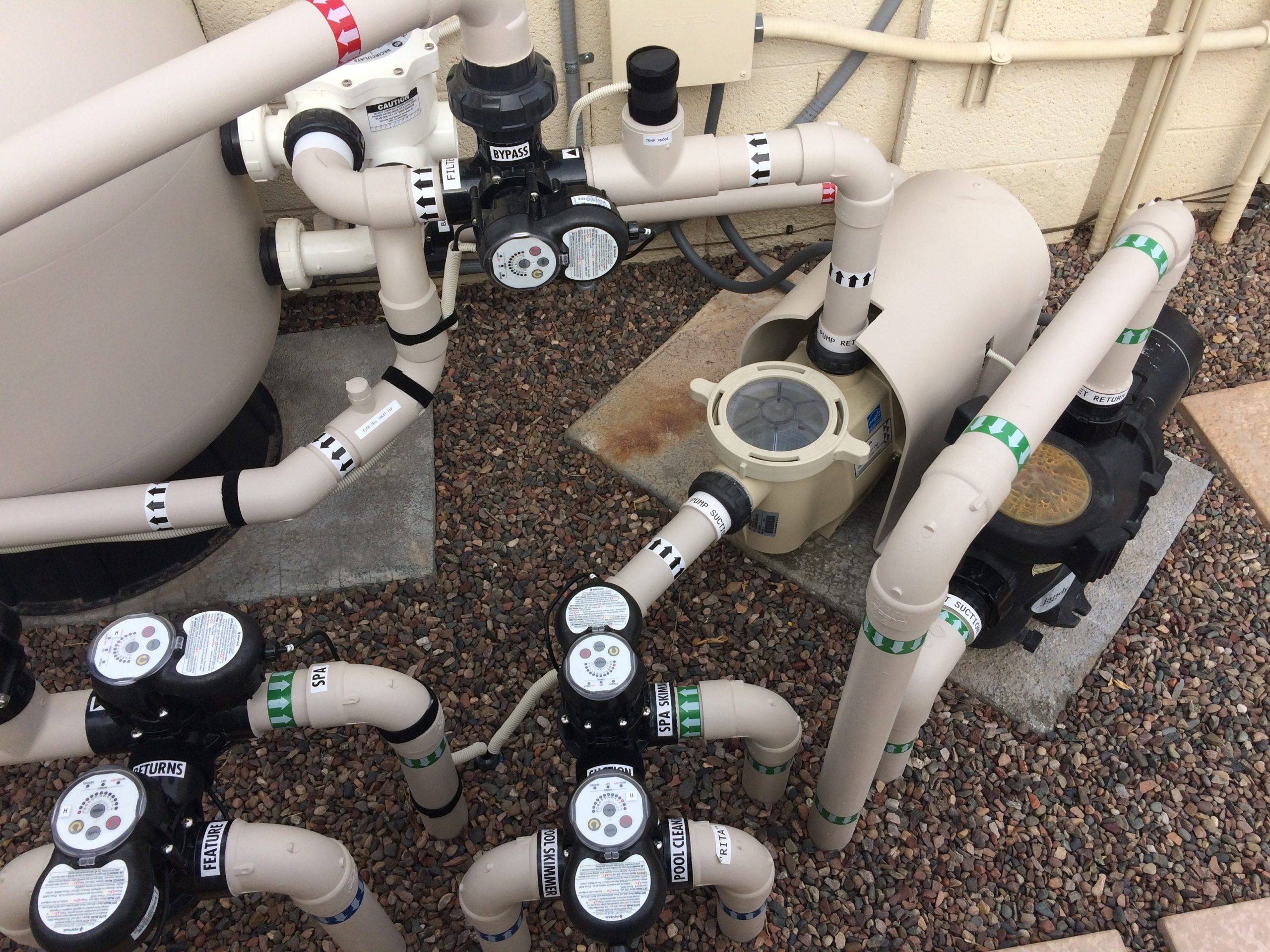When I wrote "for me at least, it's the better choice" I was referring to the sensors. Here's the rub. The chlorine dosing of the IntelliChem relies on technology that doesn't work well, or at all, with the CYA level I run my pool at. At CYA20-30 you might have better luck. And as you point out, the pH sensing requires calibration. No thanks. I don't think it's prudent to trust consumer electronics for the testing and dosing of a residential pool. Which means I'd want to back up the IntelliChem with my own testing. Say, once a week to be safe. Well, I only test my pool once a week now, so all the IntelliChem would provide me is one more thing to keep running. My pH is very stable with the IpH, so I don't have to fiddle around much with the IpH's settings. Same for my SWG. Testing is easy and reliable. So is the IpH/IntelliChlor combo. Together they eliminate all the maintenance I want eliminated. If Pentair offered me an IntelliChem for free, I'd pass. Maybe it works great, but I just don't have a use for it.
We've got another thread going where we're discussing the annual maintenance of IntellipH. I haven't touched mine for almost four years, others talk about two or three. Yes, Pentair recommends once a year, and that's probably prudent, but they're capable, at least for some of us, of going longer. The recommended maintenance is just the tube, not the motor. There's another part, too, that might need some love. It's called the "duck bill." It's a component of the injector. I haven't dealt with that yet, either. I don't actually know its replacement recommendation. But I'll probably just swap it out soon, just to play it safe.
I've burned my deck with muriatic. My arms. I've breathed it in. No thanks. (I need constant supervision!) Whatever maintenance my IpH needs, no problem, it's worth it.
I wouldn't want my IntellipH indoors. It does have a venting system, so it might be OK, but I'd be a little leery of that. Is your equipment pad indoors? If so, how close is the SWG to an outside wall? I don't know if there is a limit, but I imagine you could place the IpH at least 10' away from the pad, probably more. But yah, that's something to think through. And when an IpH is present, you have to plug the IntelliChlor into the IpH controller, not the IntelliCenter, so there's that. There would be some cable lengths to figure out.







